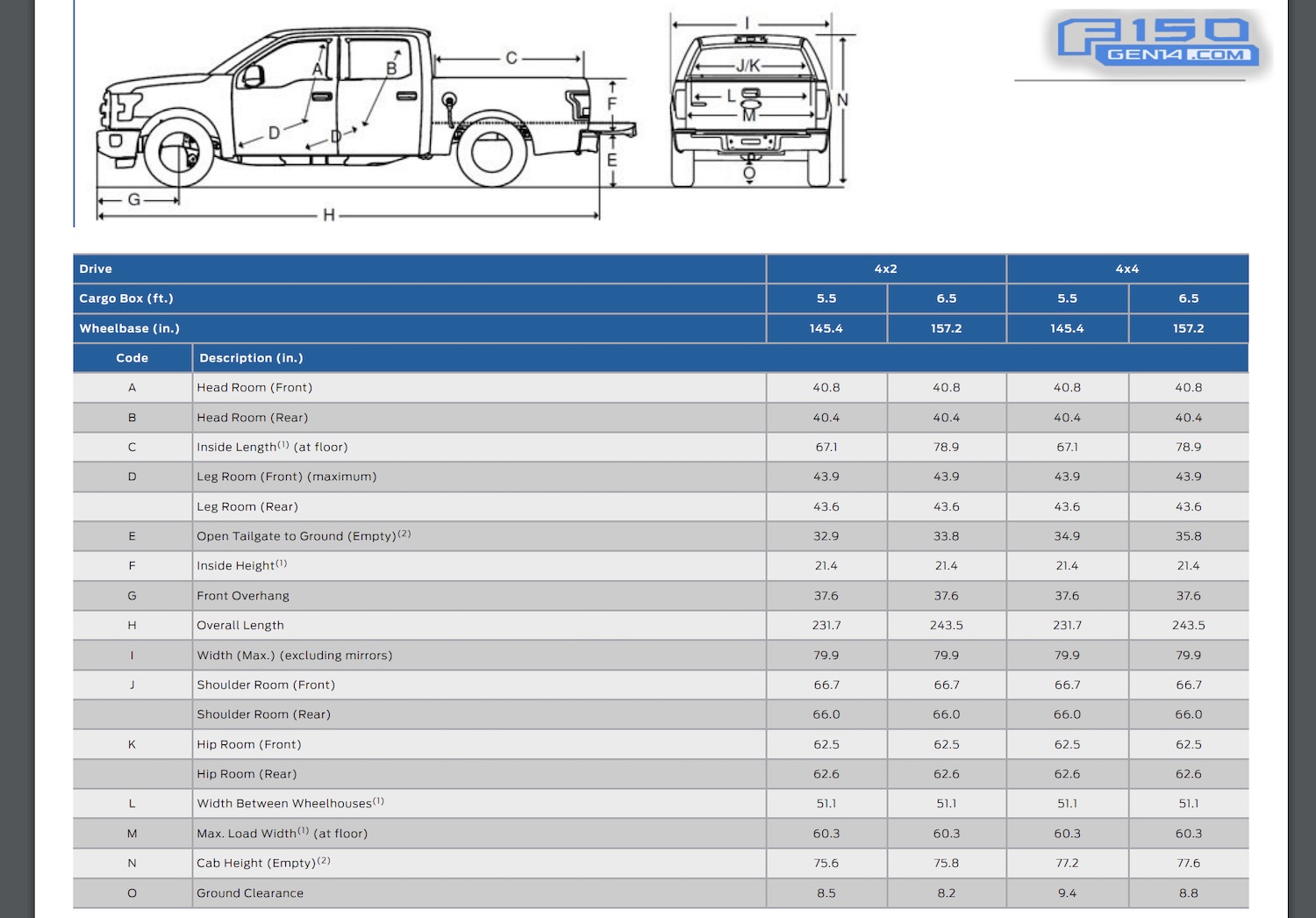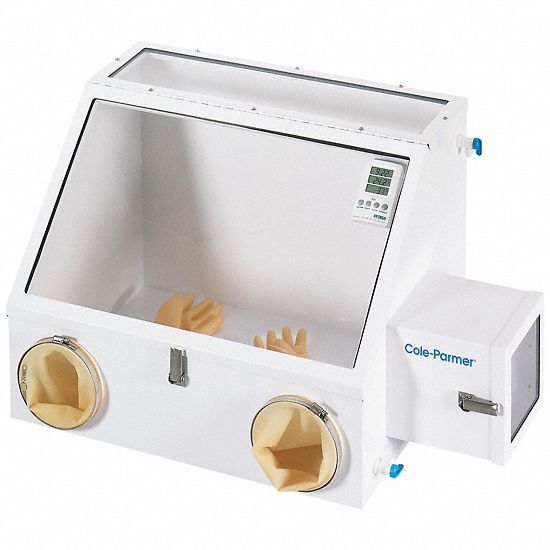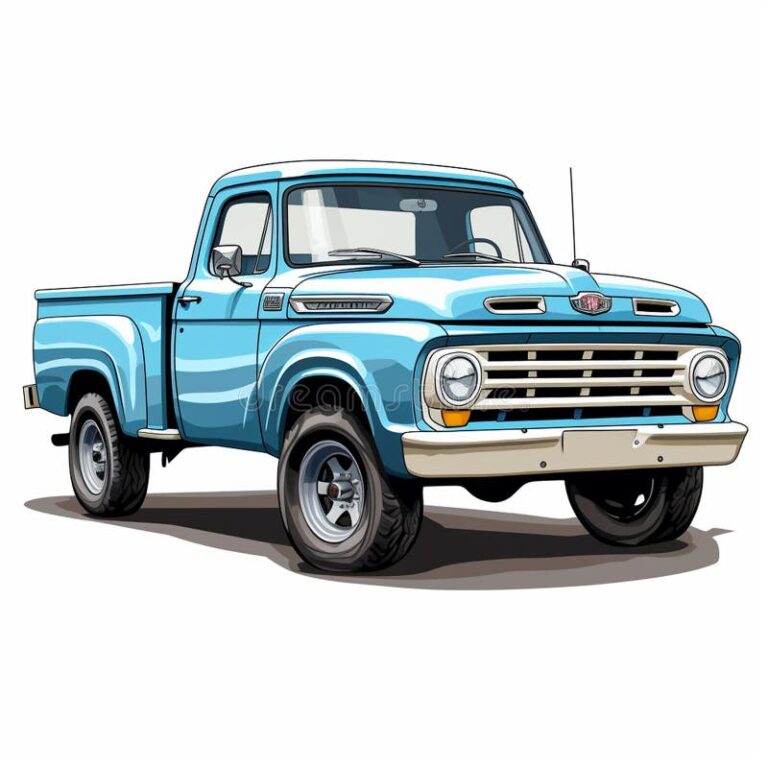Overall Length Of A Box Truck: A Comprehensive Guide
Overall Length Of A Box Truck: A Comprehensive Guide cars.truckstrend.com
The humble box truck is a ubiquitous sight on our roads, serving as the backbone of countless delivery services, moving companies, and logistics operations. While often identified by the length of its cargo box (e.g., a "24-foot box truck"), understanding the overall length of a box truck is far more critical than many realize. This dimension, encompassing the entire vehicle from bumper to bumper, dictates everything from maneuverability in tight urban environments to compliance with legal regulations, parking accessibility, and even operational costs.
In this comprehensive guide, we’ll delve into the intricacies of overall box truck length, exploring what contributes to it, why it matters, and how to make informed decisions when choosing or operating these essential vehicles. Whether you’re a business owner, a fleet manager, or someone planning a major move, grasping this key metric is fundamental to efficient and safe operation.
Overall Length Of A Box Truck: A Comprehensive Guide
Understanding Box Truck Dimensions: Beyond the Box
One of the most common misconceptions is equating the stated "box size" with the truck’s overall length. A "24-foot box truck" does not mean the entire vehicle is 24 feet long. The box size refers only to the internal or external length of the cargo compartment. The overall length, however, includes several other critical components:
- The Cab: The driver’s compartment, which can vary significantly in length depending on whether it’s a standard cab, an extended cab, or a crew cab.
- The Chassis: The frame that connects the cab to the box. The length of this chassis, particularly the wheelbase (distance between the front and rear axles), directly impacts the overall length.
- Front Overhang: The distance from the front axle to the tip of the front bumper.
- Rear Overhang: The distance from the rear axle to the very end of the truck, which often includes features like liftgates, extended bumpers, or rear steps.
For instance, a truck with a 24-foot cargo box might have an overall length ranging from 32 to 36 feet, depending on its chassis, cab type, and rear accessories. This difference of several feet can be the deciding factor in whether a truck can navigate a narrow alley, fit into a specific loading dock, or legally operate on certain roads.
Factors Influencing Overall Length
Several key elements combine to determine the final overall length of a box truck:
Box Length: This is the primary determinant. Common box lengths range from 12 feet (often seen on cutaway vans) up to 26 feet (the maximum non-CDL length in many jurisdictions, though overall length can still push into CDL territory).
- Common Box Sizes: 12 ft, 14 ft, 16 ft, 20 ft, 22 ft, 24 ft, 26 ft.
-
Chassis Type and Wheelbase:
- Cutaway Vans: These are built on a van chassis (e.g., Ford Transit, Chevy Express) where the rear body is cut away and replaced with a box. They typically accommodate smaller boxes (12-16 ft) and have shorter overall lengths.
- Medium-Duty Trucks: These are purpose-built truck chassis (e.g., Isuzu NPR, Hino, Freightliner M2) designed to carry heavier loads and larger boxes (16-26 ft). Their longer wheelbases contribute significantly to overall length.
- Cab-Over vs. Conventional Cab: Cab-over-engine designs (where the cab sits directly over the engine) typically have a shorter front overhang, allowing for a longer box on a given wheelbase, potentially resulting in a more compact overall length for a large box. Conventional cabs (with a hood in front of the driver) have a longer front overhang.
-
Rear Features and Accessories:
- Liftgates: These hydraulic platforms extend from the rear of the truck to assist with loading and unloading. When deployed or even folded, they add several feet (typically 2-4 feet) to the overall length.
- Ramps: Fold-out or slide-out ramps also extend the rear profile.
- Extended Bumpers/ICC Bars: Rear impact protection devices, sometimes extended for safety or specific applications.
- Steps: Fixed or retractable steps for rear access.
-
Front Overhang: While less variable than the rear, the design of the front bumper and any specialized equipment mounted (e.g., brush guards, plows, though rare on box trucks) can add inches or feet.

Why Overall Length Matters: Practical Implications
The overall length of a box truck is not just a number on a spec sheet; it has profound practical implications for daily operations:
- Maneuverability: A longer truck has a wider turning radius. This is crucial for navigating tight city streets, making turns at intersections, entering and exiting loading docks, and backing into confined spaces. Shorter trucks are inherently more agile.
- Parking and Storage: Finding suitable parking for a long box truck can be a significant challenge, especially in urban areas or residential neighborhoods. Standard parking spaces are designed for passenger vehicles, not 30-plus-foot trucks. Businesses need to consider their lot size and loading bay dimensions.
- Legal Regulations and Compliance:
- Length Restrictions: Many states and local municipalities have maximum length limits for single-unit vehicles on certain roads, bridges, or within specific zones. Exceeding these limits can result in fines.
- CDL Requirements: While often tied to Gross Vehicle Weight Rating (GVWR) or Gross Combined Weight Rating (GCWR), a longer truck often implies a higher GVWR, pushing it into the Commercial Driver’s License (CDL) category. Non-CDL box trucks typically have a GVWR under 26,001 lbs and are often limited to 26 feet of box length, though overall length can still be 35-40 feet.
- Bridge Formulas: For very long or heavy trucks, bridge formulas dictate maximum permissible weights based on axle spacing to protect infrastructure.
- Operational Costs:
- Fuel Efficiency: While many factors influence fuel economy, a longer, heavier truck generally consumes more fuel.
- Tolls and Ferries: Some toll roads, bridges, and ferries charge based on the number of axles or the overall length of the vehicle.
- Insurance: Longer, larger vehicles might incur higher insurance premiums due to perceived higher risk.
- Driver Experience and Safety: Operating a longer vehicle requires greater skill, awareness of blind spots, and understanding of tail swing. Drivers need to be proficient in wide turns and backing maneuvers.
Choosing the Right Length for Your Needs
Selecting the appropriate box truck length involves a careful assessment of your specific operational requirements:
- Cargo Volume and Weight: The most obvious factor. How much cubic feet of cargo do you typically transport? What is the average weight? Don’t pay for more space than you need, but also ensure you have enough.
- Route Analysis:
- Urban vs. Rural/Highway: Frequent urban deliveries with tight turns and limited parking favor shorter trucks. Long-haul highway driving allows for longer vehicles.
- Loading/Unloading Environments: Do you primarily serve commercial docks, or do you make residential deliveries where street parking and driveway access are key?
- Driver Availability and Skill: If your drivers are primarily non-CDL holders or less experienced, a shorter, more manageable truck might be a safer and more efficient choice.
- Budget and Infrastructure: Consider the purchase price, ongoing fuel and maintenance costs, and whether your existing parking, loading bays, or service facilities can accommodate the truck’s overall length.
Tips for Operating Long Box Trucks
For those operating longer box trucks, specific strategies can enhance safety and efficiency:
- Pre-Trip Planning: Always scout your routes, paying attention to tight turns, low bridges, parking availability, and potential obstacles. GPS systems designed for commercial vehicles can be invaluable.
- Understand Tail Swing: When turning, the rear of a long truck can swing out significantly, posing a hazard to pedestrians, parked cars, or street furniture. Always be aware of your tail swing.
- Use Spotters: When backing into tight spots or busy areas, always use a spotter to guide you safely.
- Master Blind Spots: Longer trucks have larger blind spots. Adjust your mirrors correctly, use convex mirrors, and consider installing backup cameras and side-view cameras.
- Practice Maneuvers: Regularly practice wide turns, backing up, and parking in a safe, open area to build confidence and skill.
Challenges and Solutions Related to Overall Length
| Challenge | Solution |
|---|---|
| Tight Maneuvering Spaces | Opt for shorter wheelbases where possible; utilize backup cameras and sensors; train drivers in advanced maneuvering techniques; plan routes to avoid overly confined areas. |
| Limited Parking/Loading Access | Assess delivery locations for accessibility before dispatch; consider using smaller trucks for last-mile delivery; explore transloading options; identify dedicated truck parking areas. |
| Legal Compliance (Length Limits) | Thoroughly research state and local regulations for maximum vehicle length; ensure drivers are properly licensed (CDL if required); equip trucks with necessary signage/lighting. |
| Increased Fuel Consumption | Maintain regular vehicle maintenance; train drivers in fuel-efficient driving techniques; optimize routes to minimize idling and unnecessary mileage; consider aerodynamic add-ons. |
| Higher Driver Skill Requirement | Invest in comprehensive driver training programs focusing on defensive driving, spatial awareness, and specific truck maneuvers; provide ongoing refresher courses. |
| Potential for Damage/Accidents | Install robust vehicle protection (e.g., corner guards); utilize telematics for driver behavior monitoring; encourage constant vigilance and adherence to safety protocols. |
| Higher Tolls/Operating Costs | Research toll rates based on length/axle count for planned routes; factor these costs into pricing; explore alternative routes if cost savings are significant and time-efficient. |
Practical Advice and Actionable Insights
- Always Verify Dimensions: If purchasing or renting a specific box truck, do not rely solely on the stated box length. Request or physically measure the overall length from bumper to bumper, including any rear accessories like liftgates.
- Factor in "Working" Length: Remember that a liftgate adds significant length when deployed. Account for this in your operational planning.
- Don’t Over-Spec: While more space might seem appealing, an unnecessarily long truck will cost more to buy, operate, and maintain, and will be harder to drive. Match the truck to your most common load and route requirements.
- Consider Future Needs: If your business is growing rapidly, think about your projected cargo volume. It might be wise to slightly oversize your initial purchase to avoid premature replacement.
Concluding Summary
The overall length of a box truck is a multifaceted dimension that profoundly impacts its functionality, compliance, and operational efficiency. It’s not merely the length of the cargo box but a sum of the cab, chassis, and any front or rear accessories. Understanding these components and their implications for maneuverability, legal limits, parking, and costs is paramount for anyone involved in the acquisition or operation of these vehicles. By making an informed decision based on a thorough assessment of your needs and the practical realities of truck operation, you can ensure your box truck fleet runs safely, efficiently, and cost-effectively, ultimately contributing to your business’s success.
Overall Length Of A Box Truck: Specifications and Considerations
This table provides typical overall length ranges for common box truck cargo box sizes and highlights key considerations. Actual lengths can vary based on manufacturer, chassis type, cab configuration, and specific accessories (e.g., liftgate).
| Box Size (Internal Length) | Typical Overall Length Range (Bumper-to-Bumper) | Common Applications / Benefits | Key Considerations / Challenges | General Operating Implications |
|---|---|---|---|---|
| 12-14 Feet | Approx. 20 – 24 feet | Small local deliveries, residential moves, appliance delivery | Excellent maneuverability, easy to park, often non-CDL. | Lower fuel consumption, ideal for urban areas, less driver skill required. |
| 16 Feet | Approx. 24 – 28 feet | Mid-size local deliveries, small business logistics, typical U-Haul | Good balance of capacity and maneuverability, commonly non-CDL. | Versatile for city & suburban, relatively easy to handle. |
| 20 Feet | Approx. 28 – 32 feet | Larger local/regional deliveries, furniture, events, larger moves | Significant cargo capacity, becoming less agile. | Can be challenging in very tight spots, requires more careful route planning. |
| 22 Feet | Approx. 30 – 34 feet | High-volume regional deliveries, distribution routes | Increased capacity, approaching limits for easy parking. | Requires more driver skill, limited residential access. |
| 24 Feet | Approx. 32 – 36 feet | Large regional/mid-distance hauling, substantial cargo | High capacity, often near non-CDL weight limits, limited maneuverability. | Challenging in urban areas, often requires dedicated truck parking, higher tolls. |
| 26 Feet | Approx. 34 – 40 feet | Max non-CDL capacity, long-haul, freight, large events | Max legal non-CDL box size, very long overall, significant turning radius. | Requires experienced drivers, restricted access to many areas, highest tolls. |
Note: "Non-CDL" typically refers to vehicles with a Gross Vehicle Weight Rating (GVWR) under 26,001 lbs. While a 26-foot box truck often fits this, its overall length can still present operational challenges similar to larger vehicles.
Frequently Asked Questions (FAQ) about Overall Box Truck Length
Q1: What’s the difference between "box length" and "overall length" for a box truck?
A1: "Box length" refers to the internal or external length of the cargo compartment. "Overall length" is the total measurement from the very front of the truck (e.g., bumper) to the very back (e.g., end of the box, including liftgate or steps). The overall length is always greater than the box length.
Q2: How much does a liftgate add to the overall length of a box truck?
A2: A typical liftgate can add anywhere from 2 to 4 feet to the overall length of a box truck, depending on its design (e.g., fold-up, tuck-away) and whether it’s fully extended or folded.
Q3: Do I need a CDL (Commercial Driver’s License) for a longer box truck?
A3: CDL requirements are primarily based on the truck’s Gross Vehicle Weight Rating (GVWR) or Gross Combined Weight Rating (GCWR), not solely on its length. However, longer box trucks (e.g., 24-26 feet box size) often have a GVWR that approaches or exceeds 26,001 lbs, which is the common threshold for requiring a CDL (Class B). Always check the specific truck’s GVWR and your local regulations.
Q4: Are longer box trucks harder to drive than shorter ones?
A4: Yes, generally. Longer box trucks have a larger turning radius, require more space for maneuvering, and have larger blind spots. They demand greater driver skill, awareness of tail swing, and more careful route planning, especially in urban or confined areas.
Q5: Can I park a 26-foot box truck in a standard parking space?
A5: No, a 26-foot box truck (which has an overall length of 34-40 feet) is far too long to fit into a standard parking space. These trucks require multiple spaces or dedicated truck parking areas.
Q6: What is the maximum legal length for a single-unit box truck?
A6: Maximum legal lengths vary significantly by state and even by specific roads or zones within states. For single-unit vehicles like box trucks, typical maximums range from 40 to 45 feet. It is crucial to check the specific regulations for every state and locality you plan to operate in.
Q7: How does overall length affect fuel efficiency?
A7: While not the sole factor, a longer truck typically implies a larger, heavier vehicle, which generally consumes more fuel than a shorter, lighter one. Aerodynamics and engine efficiency also play a significant role.
Q8: When renting a box truck, how do I find out its overall length?
A8: Rental companies usually list the box size. To find the overall length, you might need to check the specific vehicle’s specifications online (if available by VIN or model) or ask the rental agent directly. For critical applications, it’s best to physically measure the truck before committing.






